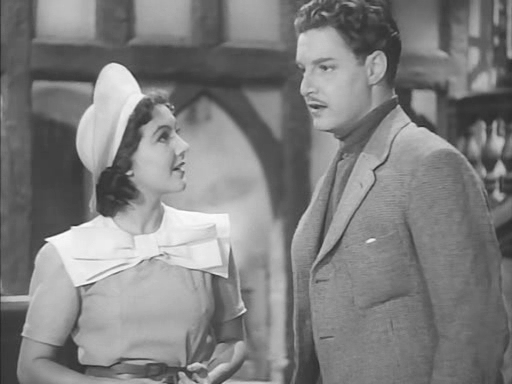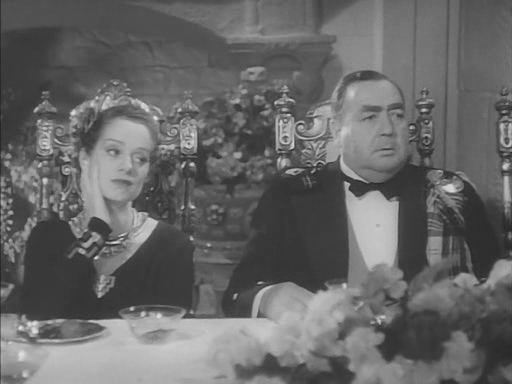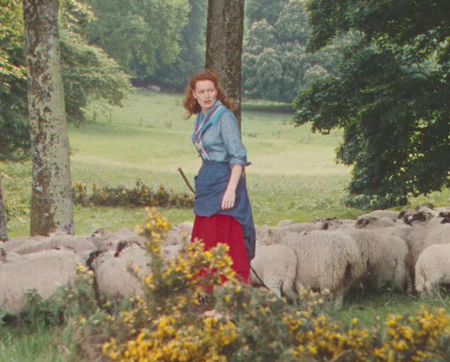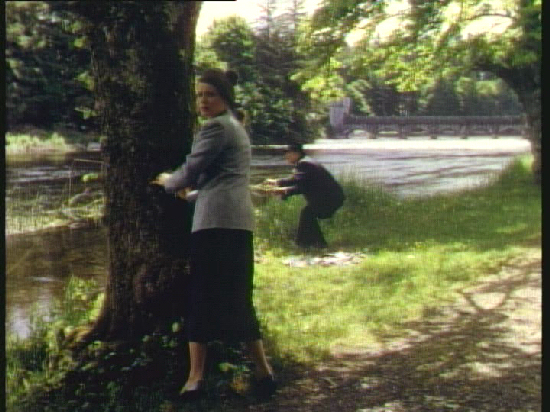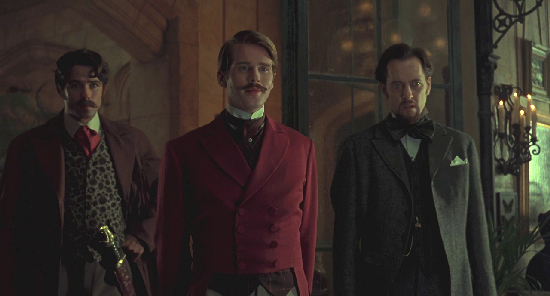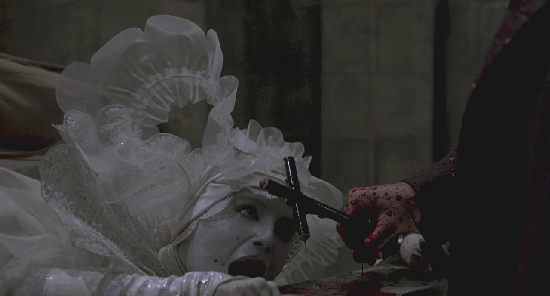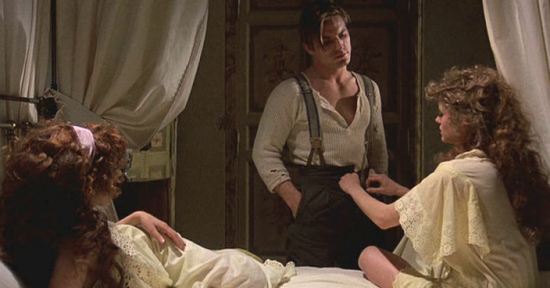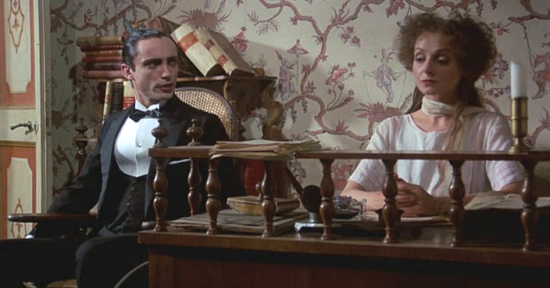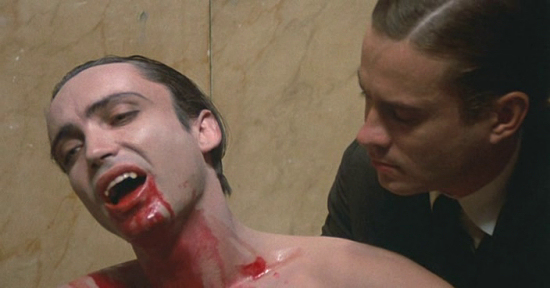The teacher had to explain to one student to-day the difference between the brackets and parentheses she'd written on the board. No, not in terms of their functions in language or mathematics but in what way the two are visually distinct. "This one's more curvy," she said, "and this one's more square-y."
I love my British Literature class for completely different reasons, of course, especially now that my books have arrived in the mail to-day. It was lucky that nothing came of the fact that to-day I'd evidently read the wrong material based on the wrong table of contents I found online for the assigned page numbers. But is it ever really an error to read Mary Wollstonecraft? It had been some years since I'd read Wollstonecraft, and I liked this time how she criticised not reason but what was often erroneously being called reason at the time, specifically, of course, what had been written on the woman's supposed natural role in society.
Her brilliant discussion of what, exactly, is wrong with turning women into giant children both for women and men is sadly rather relevant to-day, though it helps me to marvel at how keenly she expresses the logical conclusion. I couldn't help being reminded of moé.
when [Milton] tells us that women are formed for softness and sweet attractive grace, I cannot comprehend his meaning, unless, in the true Mahometan strain, he meant to deprive us of souls, and insinuate that we were beings only designed by sweet attractive grace, and docile blind obedience, to gratify the senses of man when he can no longer soar on the wing of contemplation.
Though Wollstonecraft ascribes the tendency of society to do this to women to a desire for tyranny in men and I think when it comes to moé I think it's more about a male desire to escape social pressures. I'm reminded of the Japanese word yasashii (優しい) which, referring to a person, means "gentle" or "kind" while the same word can also be used to describe some activity or problem as "easy."
I'm not of a mind to condemn people for wanting gentleness and grace in their lives, but I agree with Wollstonecraft when she says this naturally gives way to prejudices and destructively capricious behaviour in the people who are left ignorant.
Of course, how much one needs really extend such consideration to cartoon characters is another question. Before we entered this era where cartoon women were widely considered sexually attractive, the sort of broad humour expressed in cartoons had much to with the simple-mindedness of the subject which also conferred upon them a lovability, particularly when their simplistic behaviour also happened to be insights into human nature. I'm thinking of The Simpsons, the second season of which I've been rewatching lately, and noticing how one feels simultaneously superior to the characters and yet oddly validated by and sympathetic to their endeavours.
I'm not quite on board with Wollstonecraft in her apparent belief that beauty in women is destructive to women. I don't believe beauty precludes applied intelligence--Wollstonecraft argues, "if we revert to history, we shall find that the women who have distinguished themselves have neither been the most beautiful nor the most gentle of their sex." Well, gentleness, maybe not. But I find most portraits of young Elizabeth I rather attractive. In fact, most of the accomplished women from the periods before which Wollstonecraft wrote were at least moderately attractive. Though, of course, this is all rather subjective.


